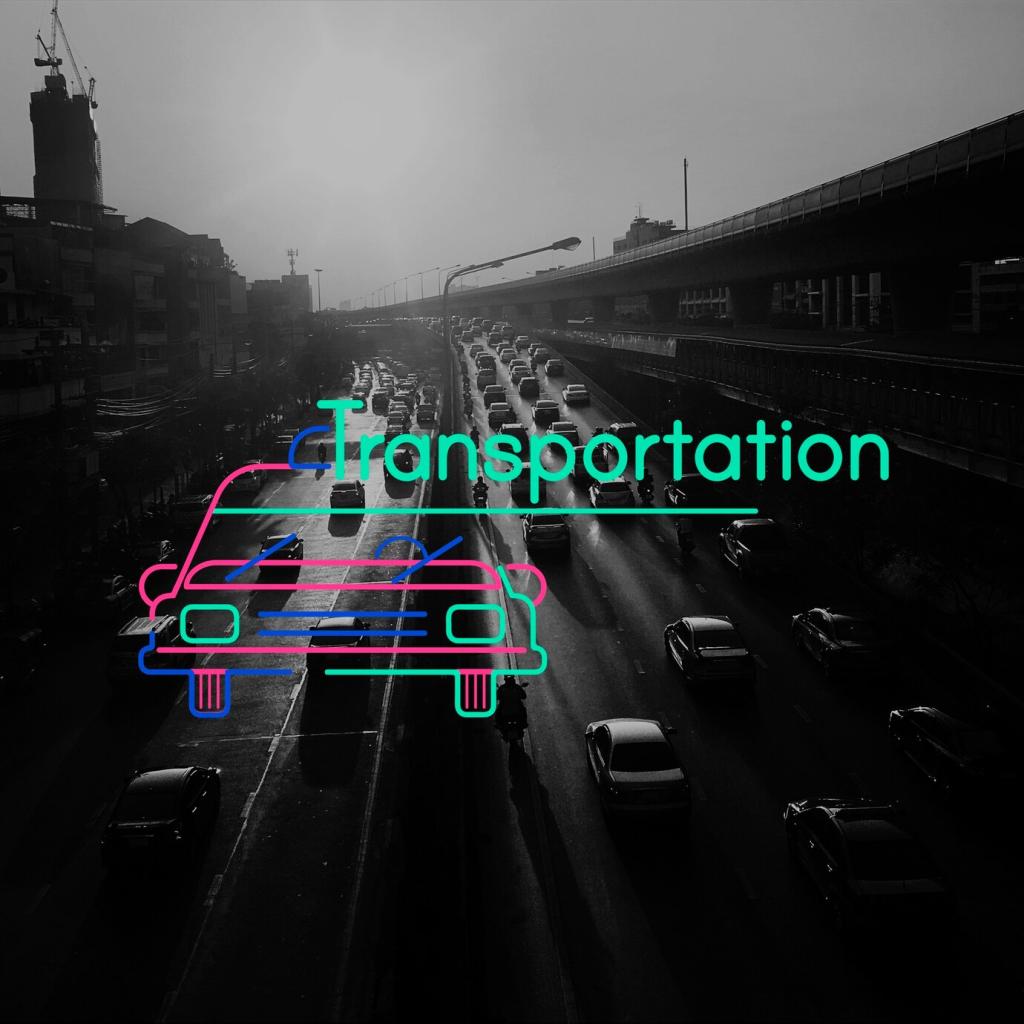Data That Powers Foresight
Wheelset vibration, brake temperatures, gearbox acoustics, and oil particle counts reveal developing faults. Combined, these channels expose subtle patterns like misalignment or lubrication breakdown, enabling targeted micro-maintenance that prevents larger, costlier interventions later.
Data That Powers Foresight
From factory acceptance tests to end-of-life, a digital thread tracks configuration, usage, maintenance, and parts lineage. This continuity boosts model accuracy and ensures that insights persist across component swaps, software updates, and route changes throughout the asset’s lifespan.
Data That Powers Foresight
Every transport context is different. Which signals have proven most predictive for you—vibration spectra, CAN bus anomalies, tire pressure trends, or battery impedance? Share your picks and subscribe to see aggregated community benchmarks in upcoming deep dives.
Data That Powers Foresight
Lorem ipsum dolor sit amet, consectetur adipiscing elit. Ut elit tellus, luctus nec ullamcorper mattis, pulvinar dapibus leo.




